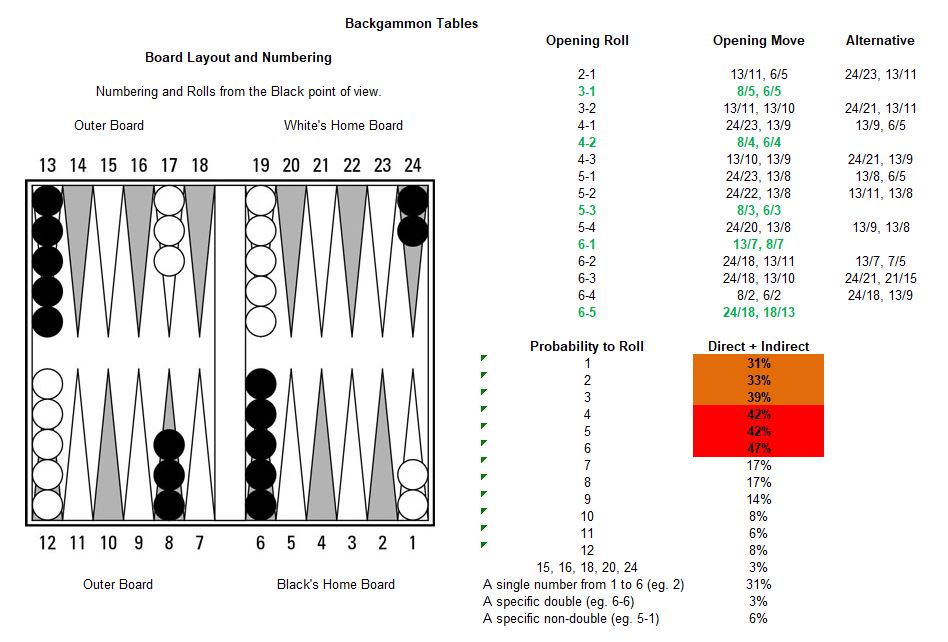Last updated on May 16, 2024
This post is a Deluxe Backgammon guide to the biggest myths and misconceptions in backgammon. Belief in these myths is common amongst beginners and social players. These myths must be dismissed if you are to progress beyond an intermediate level.
Backgammon is purely a game of luck
Any game involving dice is always going to include an element of luck. And, in the short run, a string of lucky or unlucky rolls can turn a match into a pure game of chance. It’s not a lot of fun to be on the receiving end of an unlucky streak or series of games that degenerate into simple racing games. However, in the long run, backgammon is absolutely a game of probability and the better you play the odds, the more you will win. The player that best applies the correct strategy and tactics based on the odds will dominate play over the long term.
It is easy to focus on a series of lucky rolls by your opponent or your unlucky ones and allow the dice to dictate the course of a game. It is always best to forget about luck and focus on the things you can control, such as choosing the mathematically correct move on any given throw. Luck can help or hurt you in the short term, but over the long haul skill will always prevail.
In backgammon, there is more than one correct play on any given roll
Obviously, this is excluding certain opening rolls, such as a 3-1, 6-1 or 6-5 in which there is only one unarguable move. This refers to rolls within the middle game, where at times, there are several plays that are close in terms of probability. However, mathematically there is almost always one move that is considered superior to all others. Statistically, the difference between two moves may only be a percentage point or two, but one move will always have a slight edge.
The table above assumes that the board is open for every possible throw. If part of the throw is blocked by an intervening point being held by opposing checkers, the chance of being hit is less.
Making a mistake whereby you concede a percentage point or two of equity on a single play, is relatively insignificant and not insurmountable. Subsequent plays can regain the lost ground. However, if you make a similar mistake three or four times during a single game it quickly adds up to a significant disadvantage. The point being, that you should always take your time and calculate the best possible move. Don’t assume that several plays are virtually the same and make a careless decision. In a match between equals, the most likely winner is the one who has taken the time to play the percentages.
If you play a lot you will become an excellent backgammon player
Playing will definitely improve your game, but you are unlikely to progress much beyond an intermediate level. You will never become an advanced player unless you are willing to study away from the backgammon board. Resources such as books, articles and backgammon software will teach you things that you would never likely work out from play alone. Advanced players must understand the match equity tables and be able to make accurate cube decisions. If you are content with being a social player, then by all means continue to enjoy your play. However, if you want to progress to an advanced level, study is essential.



I agree, luck is the biggest myth in backgammon. It is definitely a game of skill, but you need to invest some time and effort into backgammon to understand this. I think a lot of casual or social backgammon players just look at the luck element, because they see a run of high rolls dominate individual games. Its the experienced backgammon players who realise that when you win its because of skill and you lose due to bad luck!